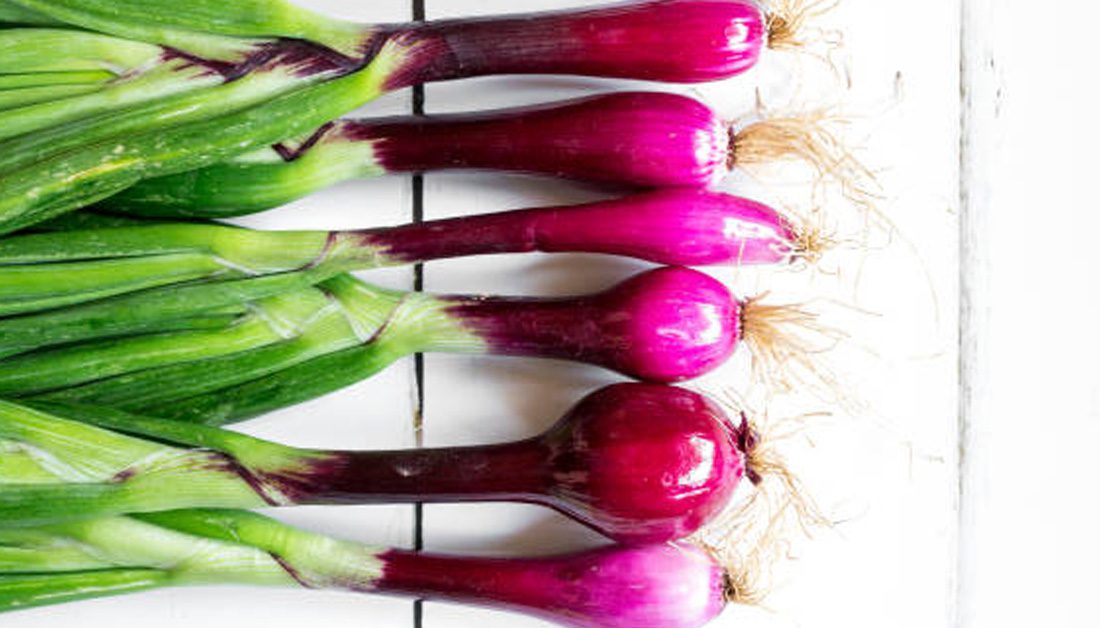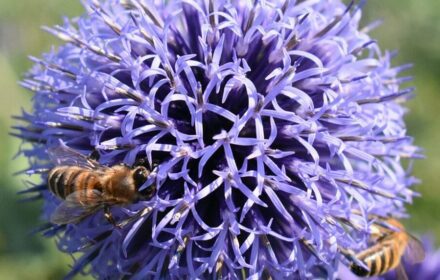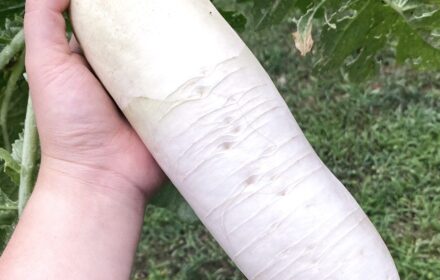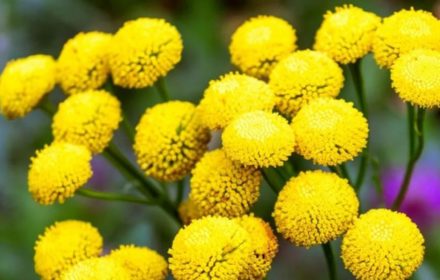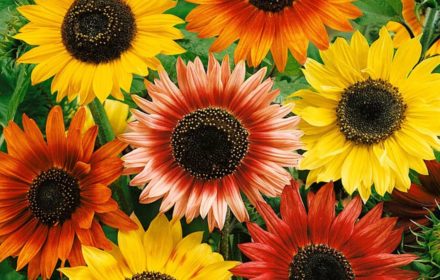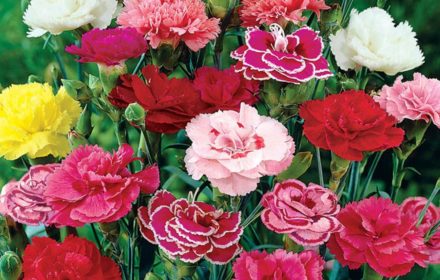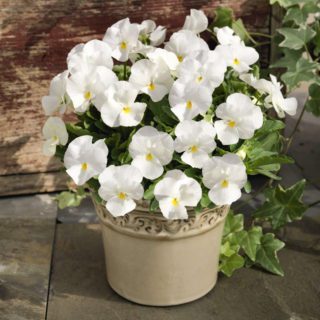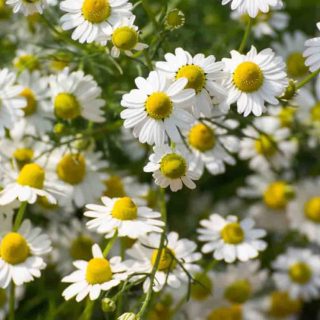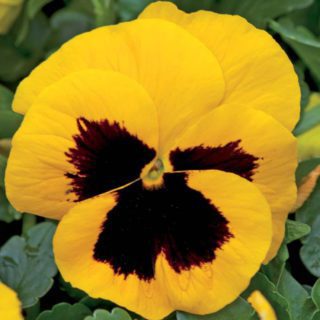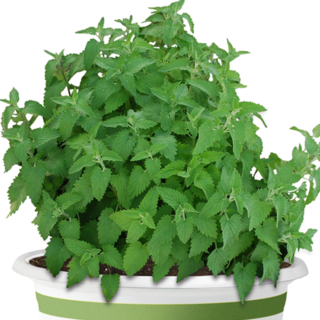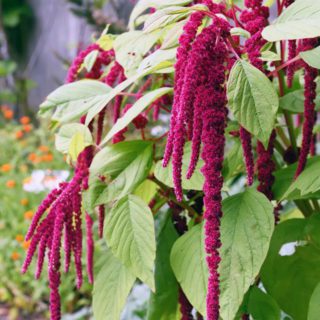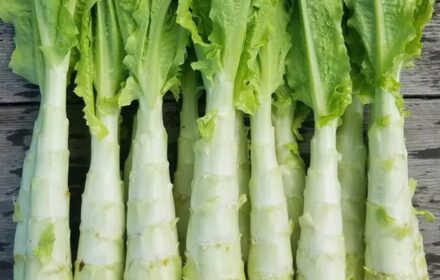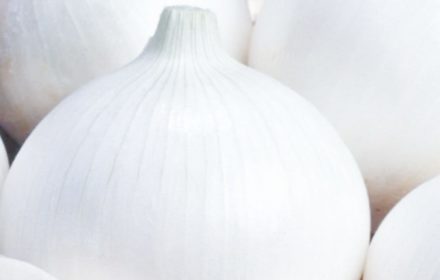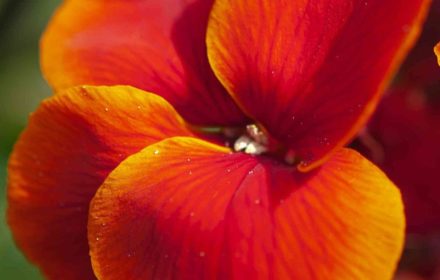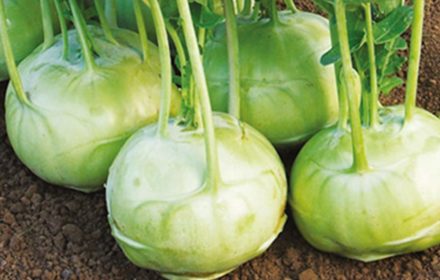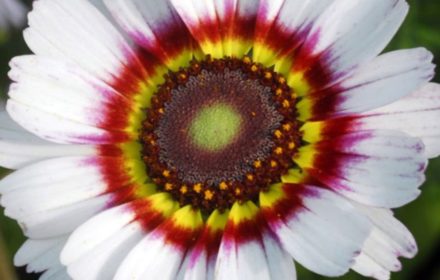How to Sow Winter Hardy British Red Spring Onion Seeds
Welldales Winter Hardy British Red Spring Onion is an excellent dual-purpose variety that thrives in the UK’s varied climate. Known for its vibrant red stems and sweet, mild flavour, it can be harvested young as bunching onions or left to mature into small, flavourful bulbs. Below is a detailed sowing guide for UK gardeners, including indoor, outdoor, and propagator methods.
When to Sow
- Indoors: Start seeds indoors from February to March for an early crop, giving them a head start before the last frost. You can transplant the seedlings outdoors once the weather warms.
- Outdoors: Direct sowing can begin from March to July, as soon as the ground can be worked, for successive crops throughout the year.
- Late Season Sowing: You can also sow in late summer or autumn for overwintering. This hardy variety will withstand the colder months and provide early spring onions the following year.
Sowing Indoors
- Sowing Depth: Sow seeds at a depth of 1/4 to 1/2 inch (5-10mm) in seed trays or small pots filled with light, well-draining seed compost.
- Temperature: Keep the trays in a warm spot, maintaining a temperature of 15-20°C for optimal germination.
- Watering: Keep the compost consistently moist but not waterlogged. Water gently to avoid displacing the seeds.
- Germination: Seeds will germinate in 10-14 days under ideal conditions.
- Transplanting: Once the seedlings reach about 3 inches high and have their second set of leaves, harden them off by gradually introducing them to outdoor conditions. After hardening, transplant into the garden or larger pots, spacing plants 1-2 inches apart and rows 12-18 inches apart.
Sowing Directly Outdoors
- Sowing Depth: Sow seeds directly outdoors at a depth of 1/4 to 1/2 inch, in rows spaced 12-18 inches apart. Scatter seeds at a rate of 3 seeds per inch in the row.
- Location: Choose a sunny spot, although this variety will tolerate partial shade. The soil should be well-drained and enriched with compost for best results.
- Thinning: Once seedlings reach 3 inches tall, thin them out to 1-2 inches apart to allow room for growth. Thinned seedlings can be transplanted elsewhere or used as microgreens.
- Watering: Water the seedlings regularly, keeping the soil moist but not waterlogged, especially in dry spells.
Using a Propagator
For a more controlled growing environment, you can start your seeds in a propagator:
- Fill Trays: Fill the seed trays with light, well-draining seed compost.
Sow Seeds: Sow the seeds on the surface and cover them with a thin layer of compost (about 1/4 to 1/2 inch deep). - Temperature: Set the propagator to 15-20°C for consistent warmth to encourage germination.
- Germination: Expect germination in 10-14 days. Keep the compost moist, but avoid overwatering.
- Transplanting: Once seedlings have grown 3-4 inches, transplant them into pots or directly outdoors, following the same spacing guidelines.
Caring for Winter Hardy Red Spring Onion Plants
- Sunlight: Red spring onions thrive in full sun but will tolerate partial shade. Choose a sunny position for the best yield.
- Watering: Keep the soil consistently moist, especially in warmer weather. These onions don’t require heavy watering once established, as they are drought-tolerant.
- Fertilising: While not heavy feeders, you can apply a balanced fertiliser once or twice during the growing season to encourage vigorous growth.
- Succession Planting: To ensure a continuous supply, sow in succession every 3-4 weeks from early spring to late summer. This allows for multiple harvests throughout the year.
Harvesting Your Red Spring Onions
- For Bunching Onions: Harvest young plants after 60 days. The stems will be tender and perfect for use as salad onions or garnishes.
- For Bulbing Onions: If you prefer more mature onions, let the plants continue growing for up to 120 days. The small red bulbs can be used for cooking or storing.
- Regular Harvesting: Harvesting regularly encourages new growth. Pulling the onions gently will allow the remaining plants to grow larger.
Frequently Asked Questions About Growing Red Spring Onions in the UK
1. When is the best time to sow red spring onion seeds?
Sow indoors from February to March or directly outdoors from March to July. Late-season sowing in autumn can overwinter, providing early crops the following spring.
2. How long do red spring onions take to grow?
Germination occurs in 10-14 days, and young bunching onions can be harvested in 60 days. Bulbing onions take up to 120 days to mature.
3. Can I grow red spring onions in containers?
Yes, these onions grow well in containers and pots, making them ideal for small gardens or balconies. Ensure good drainage and space the plants adequately.
4. How much sun do red spring onions need?
Red spring onions prefer full sun but will tolerate partial shade. For the best flavour and yield, plant them in a sunny spot.
5. Do I need to fertilise red spring onions?
Although not heavy feeders, applying a balanced fertiliser once or twice during the growing season can help improve growth and yield.
6. Can red spring onions survive winter?
Yes, Welldales Winter Hardy British Red Spring Onion is a winter-hardy variety, able to withstand colder UK weather, making it suitable for year-round growing.

